Introduction
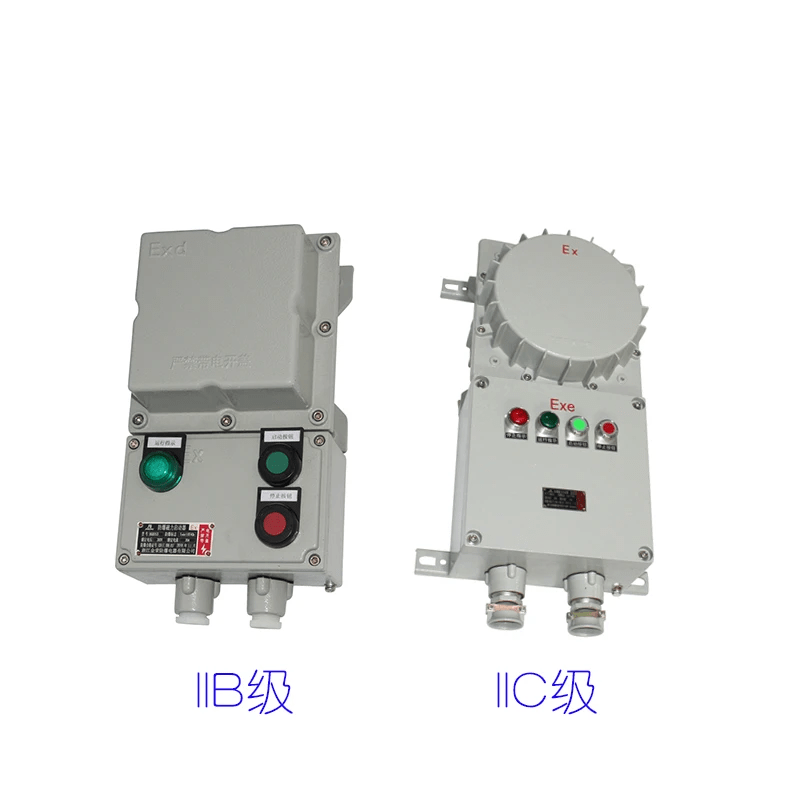
When it comes to building safety, 1-hour fire rated walls play a crucial role in preventing the spread of fire and protecting occupants. But what about the electrical components within these walls? The importance of electrical boxes in fire safety cannot be overstated, as they must meet specific requirements to ensure proper protection. In this article, we'll explore the key considerations for installing electrical components in fire-rated walls and address common FAQs related to electrical installation in these critical structures.
Understanding 1-Hour Fire Rated Walls
Understanding what is required for a 1-hour fire-rated wall is essential for ensuring compliance with building codes and regulations. These walls are designed to withstand fire for at least one hour, providing vital time for evacuation and containment. However, the installation of electrical components within these walls requires careful consideration to maintain their integrity and effectiveness.
Importance of Electrical Boxes in Fire Safety
The role of electrical boxes in fire safety cannot be overlooked when it comes to maintaining the integrity of 1-hour fire rated walls. These specialized boxes are crucial for containing potential fires caused by electrical malfunctions and ensuring that the wall maintains its fire-resistant properties. It's essential to use fire rated outlet boxes that meet specific standards and guidelines to enhance overall safety.
FAQ: Electrical Installation in Fire-Rated Walls
Can you run electrical in a fire-rated wall? Yes, you can, but it must be done with careful consideration of code requirements and best practices to ensure compliance with fire safety standards. What is the minimum distance apart boxes in the same wall cavity of a fire-rated wall must be spaced to eliminate the need for firestopping? Understanding this requirement is vital for maintaining the structural integrity of 1-hour fire rated walls while accommodating electrical installations.
By addressing these key aspects related to installing electrical components within 1-hour fire rated walls, we can enhance overall building safety while ensuring compliance with relevant regulations and standards. Let's delve deeper into each topic to gain a comprehensive understanding of how to navigate this critical aspect of construction and maintenance.
What Are 1-Hour Fire Rated Walls?

When it comes to fire safety, 1-hour fire rated walls are crucial for preventing the spread of fire within a building. These walls are designed to withstand fire for at least one hour, giving occupants more time to evacuate and firefighters more time to contain the blaze. To achieve this rating, these walls must meet specific requirements and standards set by building codes and regulations.
Definition and Requirements
A 1-hour fire rated wall is constructed using materials that can resist fire for a minimum of one hour. This includes the use of fire-resistant drywall, insulation, and other components that contribute to its overall fire resistance. The wall must be able to withstand high temperatures and prevent flames from spreading to adjacent areas.
Building Codes and Regulations
Building codes and regulations dictate the specific requirements for constructing 1-hour fire rated walls. These standards ensure that buildings are equipped with adequate fire protection measures to safeguard occupants in case of a fire emergency. Compliance with these codes is essential for maintaining a safe environment.
Key Components for Fire Resistance
The key components of 1-hour fire rated walls include materials that provide thermal insulation, such as mineral wool or fiberglass insulation, as well as layers of special drywall designed to resist flames and heat. Additionally, proper installation techniques are crucial for ensuring the effectiveness of these walls in containing fires.
Electrical Boxes in 1-Hour Fire Rated Walls
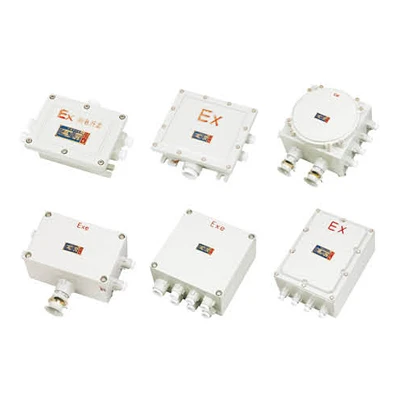
Types of Fire Rated Electrical Boxes
When it comes to electrical boxes in 1-hour fire rated walls, it's crucial to choose the right type of fire-rated outlet box. These boxes are specifically designed to withstand high temperatures and prevent the spread of fire. Common options include metal and plastic fire rated outlet boxes, each offering different levels of protection.
Installation Guidelines and Best Practices
Installing electrical boxes in 1-hour fire rated walls requires careful attention to detail. It's important to follow specific guidelines for securing the box in place and ensuring that it maintains the integrity of the wall's fire rating. Best practices include using proper fasteners and ensuring a tight seal around the box to prevent any gaps that could compromise its fire resistance.
Ensuring Code Compliance
To ensure safety and compliance with building codes, it's essential to use electrical boxes that are specifically approved for use in 1-hour fire rated walls. These boxes are tested and certified to meet strict safety standards, providing peace of mind that they will perform as expected in the event of a fire.
Continuing with our exploration of electrical safety within 1-hour fire rated walls, we'll delve into minimum distance requirements for electrical boxes within the same wall cavity and their impact on the need for firestopping measures.
How many layers of drywall do you need for a 1-hour fire rating? Stay tuned as we uncover this crucial aspect of maintaining a safe environment within your building while accommodating electrical installations.
Stay with us as we also discuss the significance and benefits of 2-hour fire rated electrical boxes, shedding light on their applications, code compliance standards, and how they enhance safety in high-risk areas within buildings.
Minimum Distance Requirement for Electrical Boxes
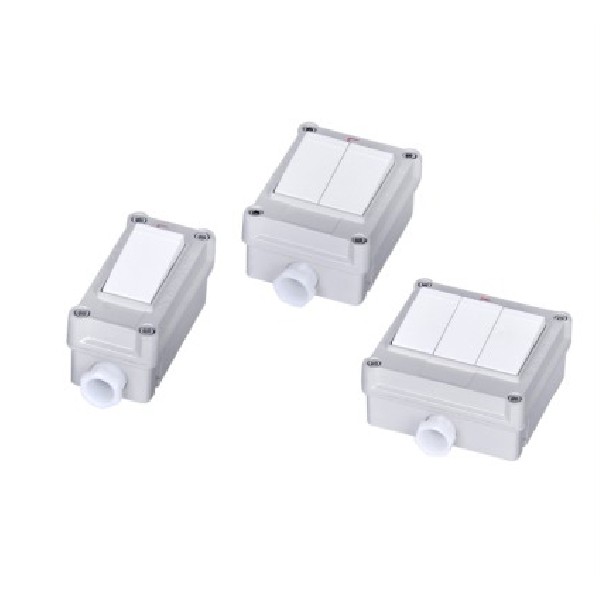
Factors Affecting Box Spacing
When it comes to electrical boxes in 1-hour fire rated walls, the minimum distance apart boxes in the same wall cavity must be spaced to eliminate the need for firestopping. Factors such as the type of wall construction, the size and type of electrical boxes, and the presence of insulation can all affect box spacing.
Code Requirements for Firestopping
Code requirements for firestopping dictate that electrical boxes in 1-hour fire rated walls must be spaced a certain distance apart to prevent the spread of fire and smoke. Proper spacing is crucial for maintaining the integrity of the fire-rated wall and ensuring that it can withstand flames and heat for a specified period.
Ensuring Safety and Fire Protection
Ensuring that electrical boxes are properly spaced in 1-hour fire rated walls is essential for safety and fire protection. By adhering to code requirements and guidelines, you can help minimize the risk of fire spreading through electrical installations and contribute to overall building safety.
Remember that when working with 1-hour fire rated walls, understanding the minimum distance requirement for electrical boxes is crucial for ensuring compliance with building codes and regulations while also prioritizing safety.
Layers of Drywall for 1-Hour Fire Rating
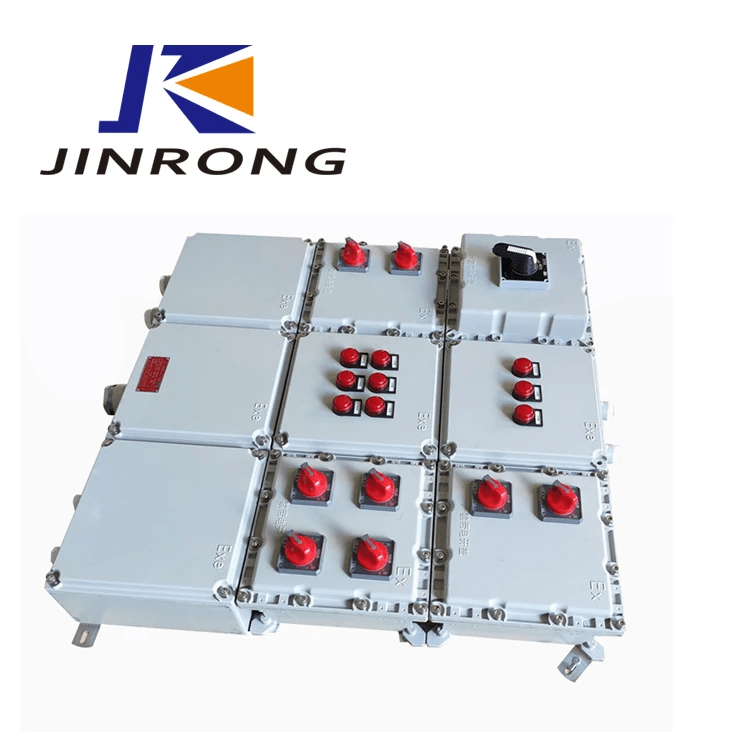
When it comes to creating a 1-hour fire-rated wall, understanding fire-rated drywall is crucial. This special type of drywall is designed to withstand fire for a specified period, providing an added layer of protection in case of a fire emergency. It is essential to use the right type and thickness of fire-rated drywall to ensure compliance with building codes and regulations.
Understanding Fire-Rated Drywall
Fire-rated drywall, also known as Type X drywall, is specially formulated to offer increased resistance to fire. It contains glass fibers and other materials that enhance its ability to withstand high temperatures. This type of drywall is typically thicker than standard drywall and is specifically designed for use in areas where fire resistance is required, such as in 1-hour fire rated walls.
Installation Guidelines for 1-Hour Fire Rating
When installing fire-rated drywall for a 1-hour fire rating, it's important to follow specific guidelines to ensure proper installation. This includes using the correct number of layers of fire-rated drywall as specified by building codes and regulations. Additionally, seams and joints must be properly sealed with fire-resistant tape or compound to maintain the integrity of the wall's fire rating.
Impact on Electrical Box Installation
The installation of electrical boxes in a 1-hour fire rated wall must take into account the presence of fire-rated drywall. Special consideration needs to be given to ensure that electrical boxes are installed securely and do not compromise the integrity of the wall's fire rating. This may involve using specific types of electrical boxes that are designed for use in fire-rated walls and following installation guidelines that minimize any potential impact on the wall's ability to resist fires.
Remember that when dealing with 1-hour fire rated walls, proper installation and compliance with building codes are essential for maintaining safety and protection against fires.
2-Hour Fire Rated Electrical Boxes
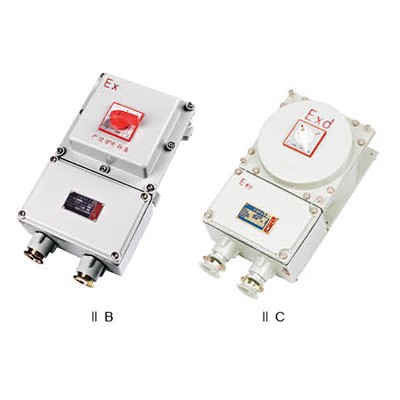
Applications and Benefits
When it comes to high-risk areas that require extra fire protection, 2-hour fire rated electrical boxes are essential. These specialized boxes are designed to withstand extreme heat for an extended period, providing added safety in critical environments such as industrial facilities, chemical plants, and high-rise buildings.
Furthermore, 2-hour fire rated electrical boxes are also ideal for use in data centers and server rooms where the protection of sensitive electronic equipment is crucial. These specialized boxes help to minimize the risk of fire damage to critical infrastructure, ensuring that essential systems remain operational in the event of a fire. Additionally, their durable construction and ability to withstand high temperatures make them a reliable choice for protecting electrical components in these environments.
Code Compliance and Standards
2-hour fire rated electrical boxes must meet stringent industry standards and building codes to ensure their effectiveness in preventing the spread of fire. These standards are put in place to guarantee that the electrical components can withstand intense heat and flames for a prolonged duration without compromising safety or structural integrity.
In addition to meeting industry standards and building codes, 2-hour fire rated electrical boxes are also designed to enhance safety in high-risk areas. These specialized electrical boxes are commonly used in locations where the risk of fire is higher, such as industrial facilities, chemical plants, and storage warehouses. By ensuring that the electrical components can withstand intense heat and flames for an extended period, these boxes provide an added layer of protection in environments where fire hazards are a significant concern.
Enhancing Safety in High-Risk Areas
In high-risk areas where the potential for fire hazards is elevated, using 2-hour fire rated electrical boxes is crucial for enhancing safety measures. By incorporating these specialized boxes into the electrical infrastructure, the risk of fire spreading through wiring systems is significantly reduced, providing added protection for occupants and valuable assets.
Remember that when it comes to ensuring safety in high-risk areas with a 1-hour or 2-hour fire rating requirement, using the right type of electrical boxes is vital. These specialized components play a crucial role in preventing the spread of fires and protecting lives and property from potential hazards.
Conclusion
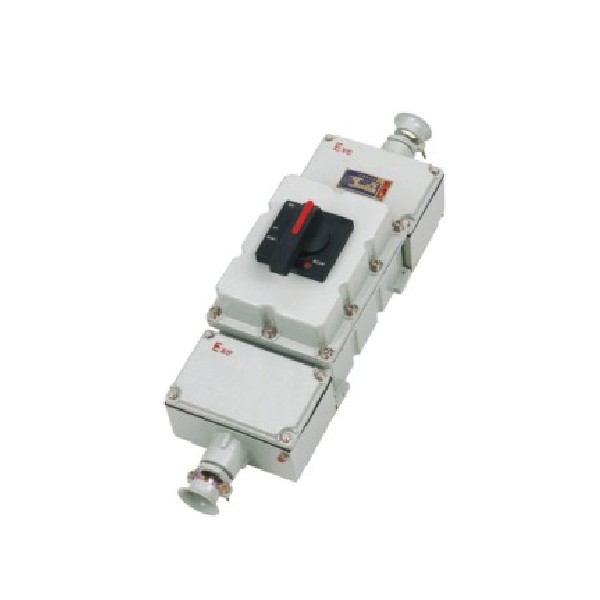
When it comes to electrical safety in fire-rated walls, using fire-resistant electrical boxes is crucial. These boxes are specifically designed to withstand high temperatures and prevent the spread of fire, ensuring the safety of occupants and minimizing property damage. As technology continues to advance, so does fire protection innovation, leading to even more effective solutions for safeguarding buildings against fire hazards.
Ensuring Electrical Safety in Fire-Rated Walls
Ensuring electrical safety in fire-rated walls involves understanding the requirements for 1-hour fire-rated walls and the use of appropriate electrical boxes. By adhering to building codes and regulations, as well as utilizing fire-resistant electrical boxes, the risk of electrical fires in these walls can be significantly reduced.
Importance of Fire-Resistant Electrical Boxes
The importance of using fire-resistant electrical boxes in 1-hour fire rated walls cannot be overstated. These specialized boxes are designed to maintain their integrity during a fire, preventing flames and smoke from spreading through wall cavities and protecting the overall structural integrity of the building.
Advancing Innovation in Fire Protection Technology
Advancements in fire protection technology have led to the development of 2-hour fire rated electrical boxes, offering enhanced safety for high-risk areas such as commercial kitchens and industrial facilities. These innovative solutions provide an extra layer of protection against potential fire hazards, further bolstering overall building safety.
Remember that when it comes to installing electrical components in 1-hour fire rated walls, following guidelines and using appropriate materials is essential for ensuring safety and code compliance.

